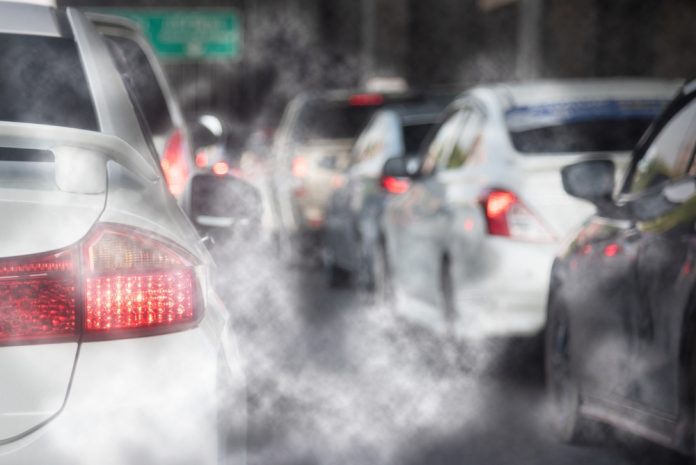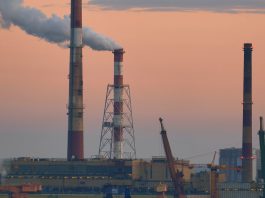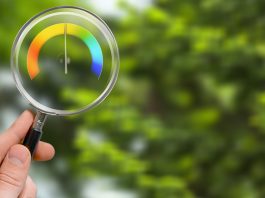There are significant differences in people’s exposure to air pollution, according to a new study co-authored by MIT scholars that takes daily mobility into account.
The study, based in the Bronx, New York, does not just estimate air pollution exposure based on where people live or work.
It uses mobile data to examine where people go during a typical day, building a more thorough assessment of the environment’s impact on them.
The research finds that when daily travel patterns are considered, exposure to particulate matter 2.5 microns or bigger rises by about 2.4%.
How movement affects air pollution exposure
“One of the main strengths of the study is that we tried to improve the information we use, on the air quality side and also from the fine-grained estimation of people’s mobility,” explained Paolo Santi, who co-authored the paper.
“That allowed us to build trajectories of people’s movement, so it was the first time we were able to combine this data to develop a new measure of air pollution exposure.”
People’s daily pollution exposure may be a complex combination of either living near, working near, or travelling by sources of particulate matter.
“People move around the city for jobs and education and more, and studying that is where we get this better information about exposure,” said An Wang of the Hong Kong Polytechnic University, another co-author of the study.
Analysing levels of particulate matter in communities
To conduct the study, the researchers collected air pollution by mounting solar-power environmental sensors, including optical particle counters, temperature and humidity sensors, and GPS, on New York City’s civic services vehicles in operation in the Bronx.
To measure how people moving through the Bronx are exposed to air pollution at different times, the researchers used anonymised phone records of 500,000 different individuals and 500 million daily location records in New York.
The ground-level pollution data showed that the southeastern portion of the Bronx, where expressways and industries meet most intensively, has the most particulate matter.
The mobility data also revealed disparities in exposure when evaluated in terms of demographics, with income disparities present but disparities by ethnicity larger.
For instance, some largely Hispanic communities have among the highest exposure levels.
However, the data also showed large differences in exposure levels within Hispanic communities.
Health implications of pollution exposure
Air pollution exposure has significant implications from a health perspective.
For instance, the Bronx has the worst air quality of any New York City borough, and asthma cases in the Bronx are 2.5 times higher than in any other borough.
“You see the consequences of exposure to pollution in the hospitalisation of adults in the Bronx,” said Fábio Duarte of the Senseable City Lab.
As the researchers acknowledge, because the study was conducted in autumn 2021, when the global COVID-19 pandemic was still affecting business and commuting, there may be slightly different mobility patterns in the Bronx today.
Still, they believe their methods can give rise to additional future studies of air pollution exposure.









